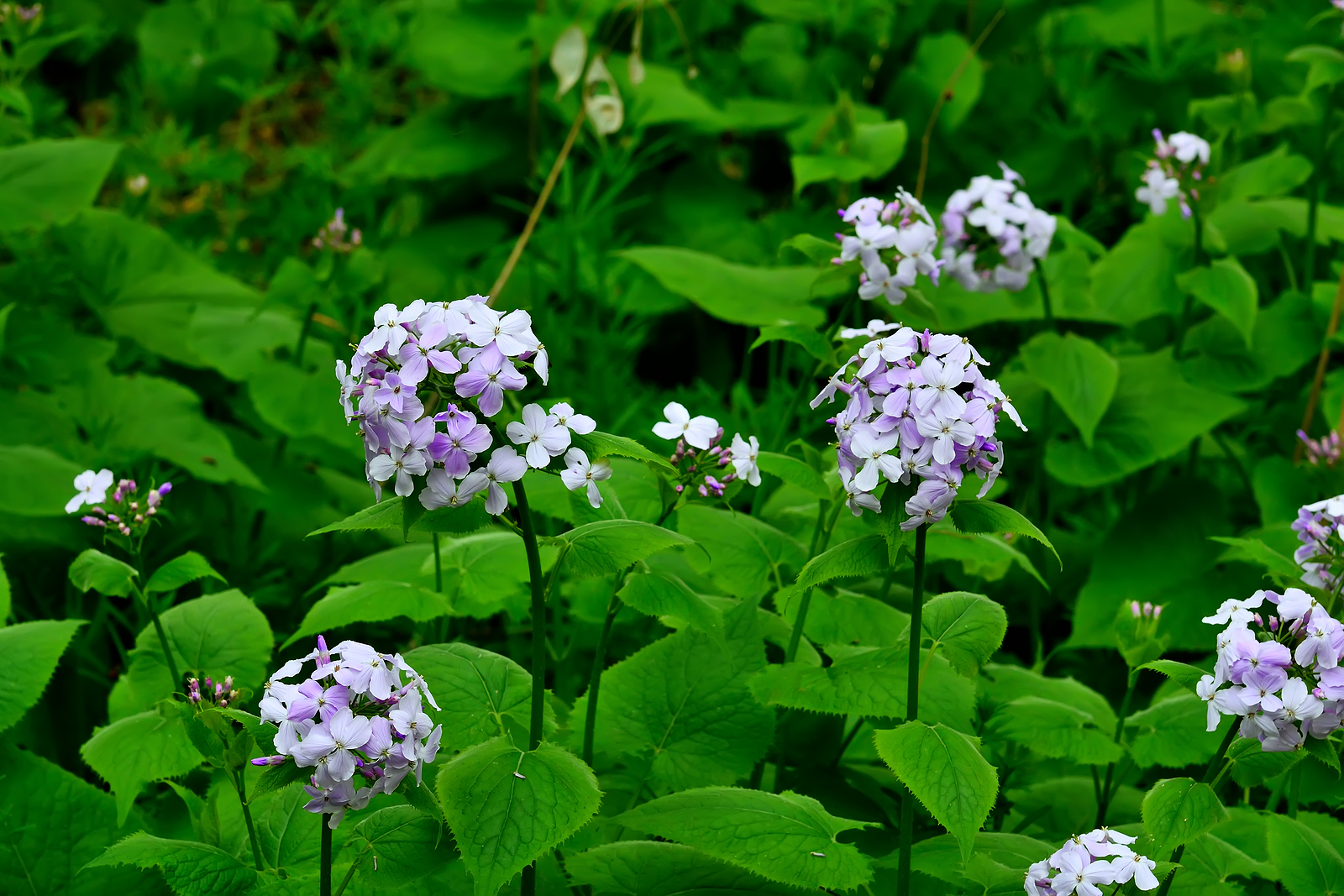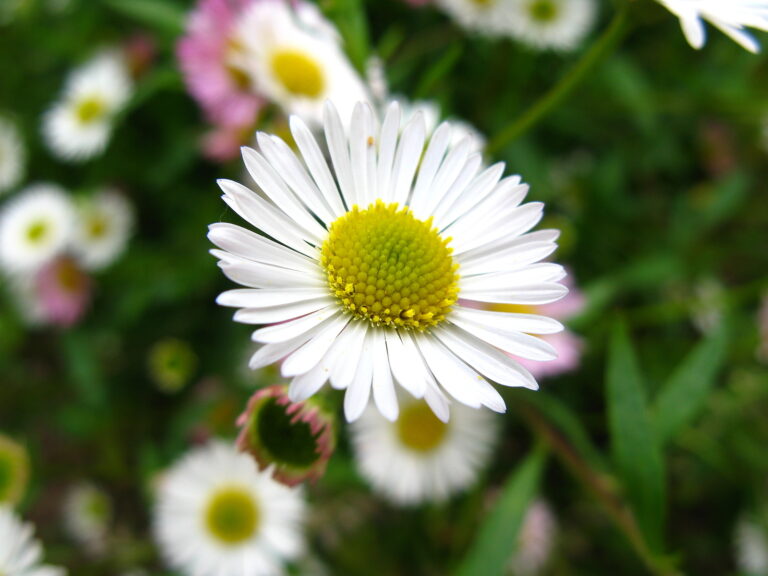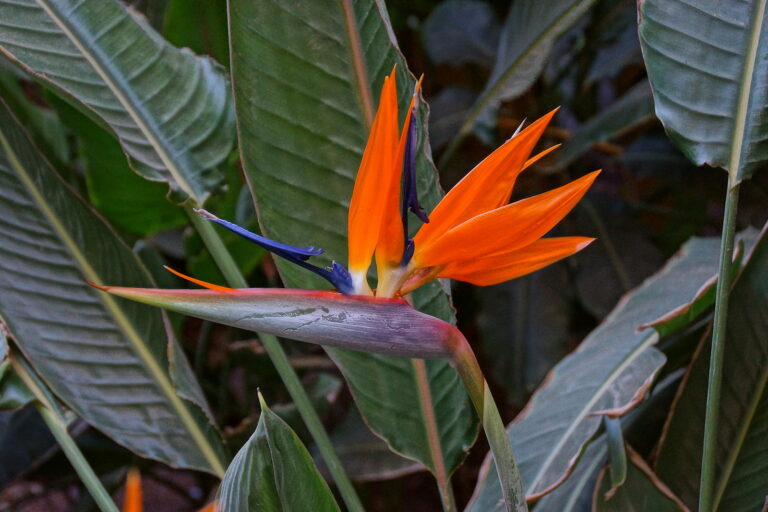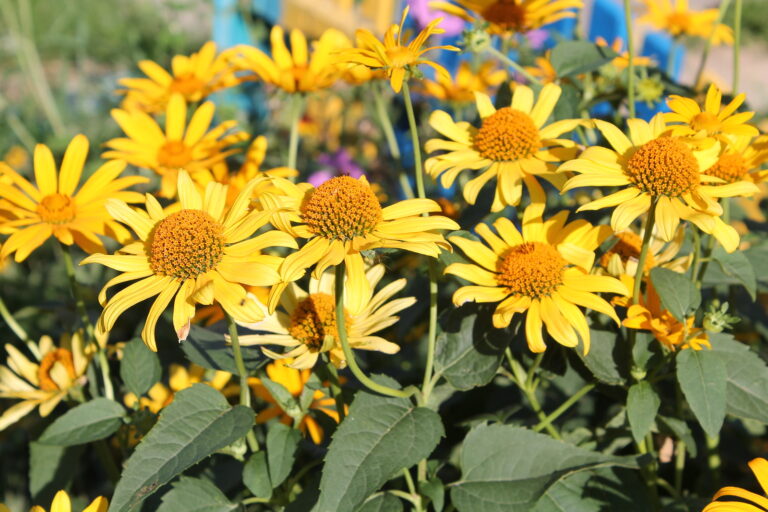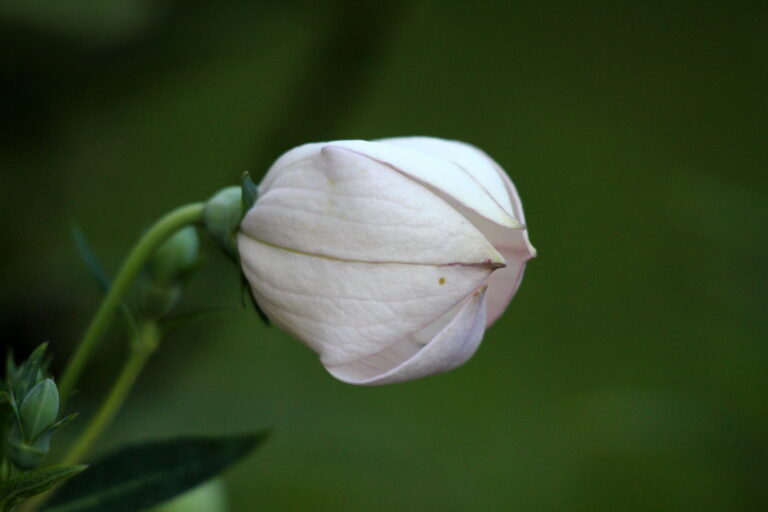How to Grow Lunaria
Lunaria bears showy racemes of purple or white four-petaled, cross-shaped flowers from late spring to summer. The flowers are followed by sprays of round, flat, translucent seedpods. The seedpods are often used in dried flower arrangements.
Lunaria flowers resemble wild mustard flowers but are purple or white, not yellow.
These biennials or herbaceous perennials are hardy. Plant them in an out-of-the-way spot or in a mixed flower bed. They easily reseed and can become weedy if not tended to.
Lunaria seedpods are about the size of a silver dollar thus the common name money plant or silver dollar plant.
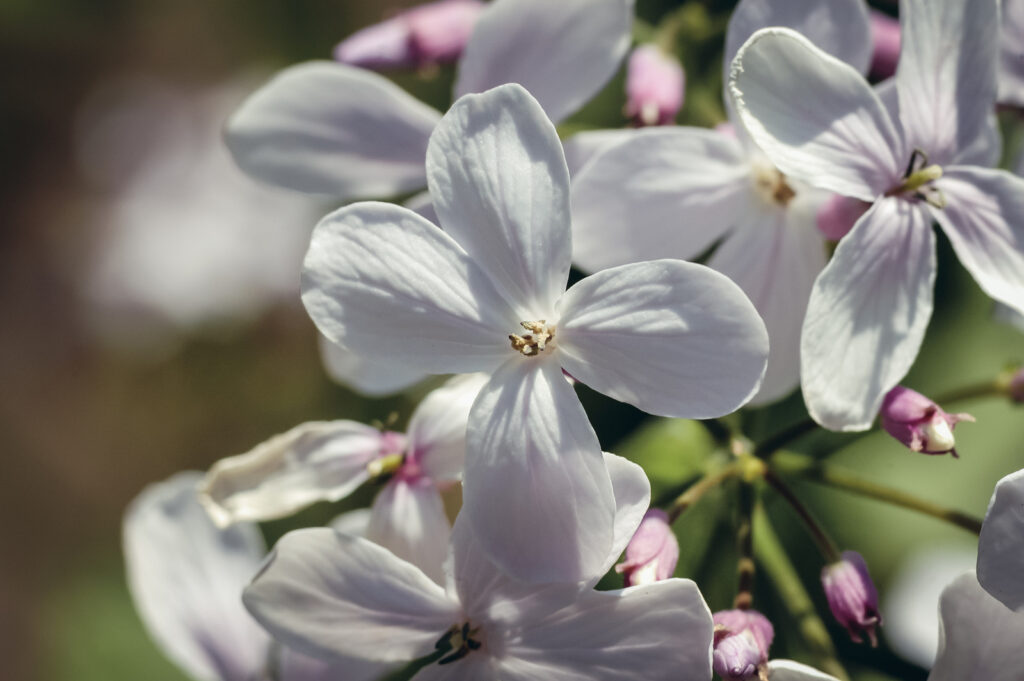
Get to know Lunaria
- Plant type: Biennial or perennial depending on species
- Growing zones and range: Grows best in Zones 4 to 8
- Hardiness: Hardy; will die back when hit by frost
- Height and width: 24 inches (63cm) tall, 12 inches (30cm) wide
- Foliage: Alternate, ovate to triangular-heart-shaped leaves.
- Flowers: Small, slightly fragrant 4-petaled, cross-shaped violet-blue to white flowers; seedpods have center partitions of white papery disks the size of silver dollars.
- Bloom time: Late spring to summer
- Uses: Use Lunaria in shade gardens, along a shrub border, and in semi-wild areas.
- Common name: Honesty, money plant, silver dollar, Lunaria
- Botanical name: Lunaria spp.
- Family name: Brassicaceae
- Origin: Europe and Western Asia
Where to plant Lunaria
- Plant Lunaria in full sun or partial shade.
- Grow Lunaria in average to humus-rich, well-drained soil.
- Lunaria prefers a soil pH between 6 and 7.
When to plant Lunaria
- Sow seeds outdoors in spring after the last frost as an annual; sow seeds in summer as a biennial or perennial. Lunaria will produce foliage in the first year and blooms in the second year.
- Sow seeds indoors 6 to 8 weeks before the last frost, although outdoor sowing is generally best.
- Set container-grown plants in the garden in spring after the last frost.
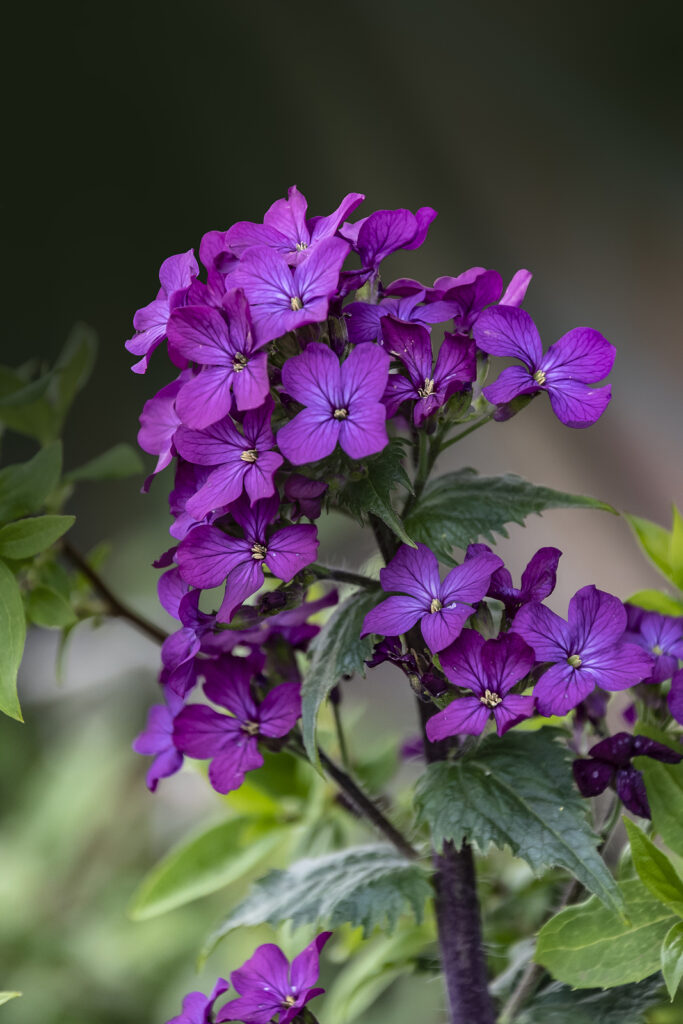
Planting and spacing Lunaria
- It is best to sow Lunaria where the plants will grow.
- Sow the seed in finely prepared soil; barely cover the seed with soil.
- Space lunaria 2 feet (60cm) apart.
How to water and feed Lunaria
- Keep the soil evenly moist.
- Fertilize Lunaria lightly with an all-purpose fertilizer in spring.
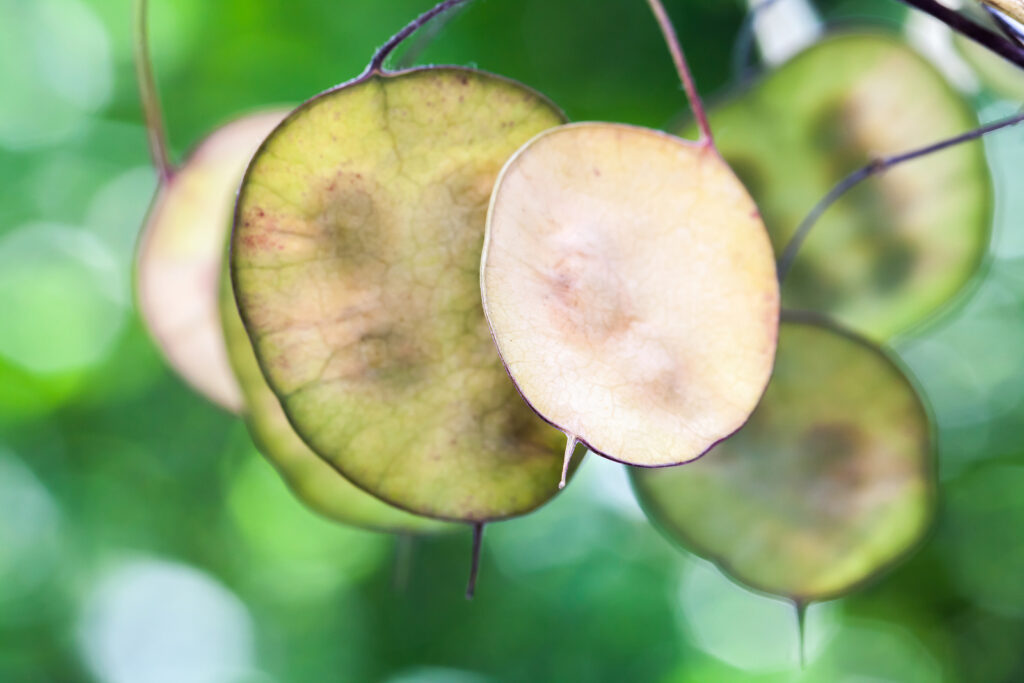
Lunaria care
- Mulch around Lunaria to conserve soil moisture.
- Deadhead spent flowers to avoid Lunaria reseeding.
- If using Lunaria seedpods for flower arrangements cut branches with pods in late summer to avoid damage by autumn weather.
Lunaria pests and diseases
- White blister may attack leaves.
- Roots are susceptible to club root disease.
Lunaria propagation
- Direct sow L. rediviva in autumn or spring; direct sow L. annua in early summer.
- Lunaria seeds self-sow and can be invasive. Leave some seeds to ripen on the plants if you want to collect seeds for planting.
- Divide L. rediviva in spring.
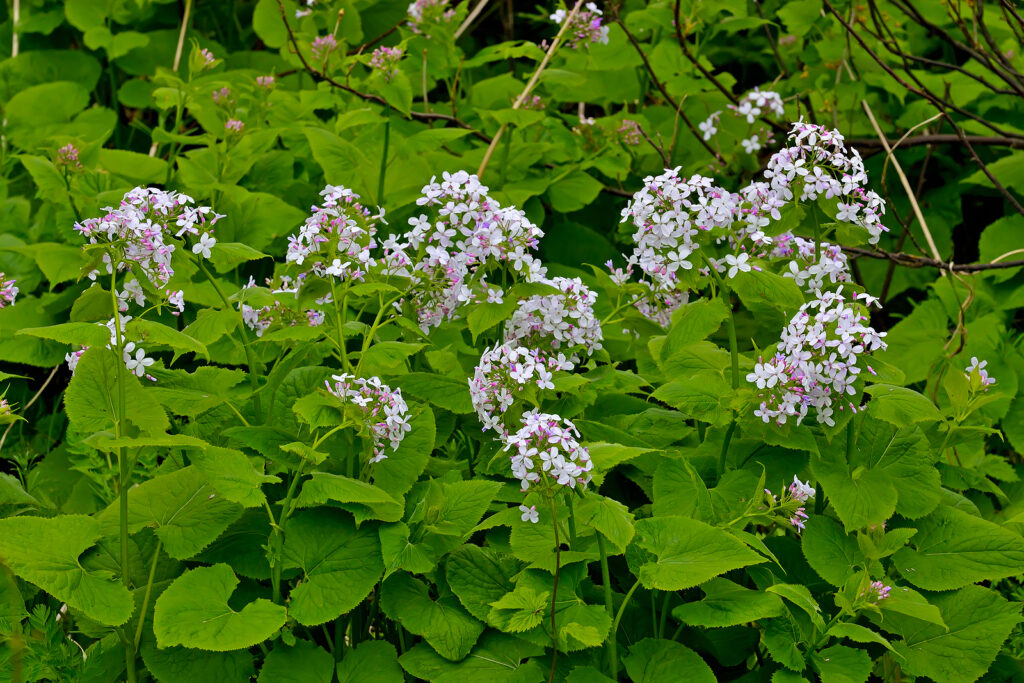
Lunaria varieties to grow
- Lunaria annua. Biennial grows 6 to 12 inches (15-30cm) tall in bloom; flowers are 1/2 -inch wide, rose-purple, or sometimes white borne on stiff upright stems. ‘Variegata’ bears white-edged leaves and red-purple flowers. Grows well in dry shade.
- L. rediviva. Short-lived perennial bears fragrant, pale purple flowers in branching clusters up to 12 inches (30cm) across; deep green leaves with toothed edges.
Lunaria frequently asked questions
Q: How do I grow Lunaria?
A: Start Lunaria seeds indoors six weeks before planting outdoors, or sow seeds outdoors in mid-spring. Give Lunara full sun or light shade in average garden soil Little fertilizer is needed. Water plant when dry.
Q: How do I dry Lunaria?
A: When seed pods are mature, but before the seeds fall, cut the branches, rub the covering off the seed pod, and hang the branches upside down in a cool, dry, airy place.
Q: How can I prevent Lunaria from reseeding and taking over the garden?
A: Lunaria reseeds freely. Cut the seed pods off before they have a chance to fall to the ground.

